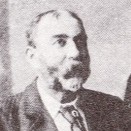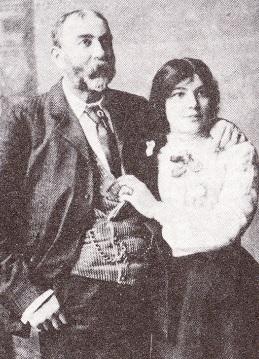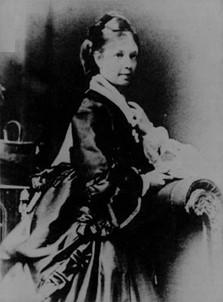
1847 - 1903
Samuel Herbert Dougal
Summary
Name:
Samuel Herbert DougalYears Active:
1885 - 1903Birth:
May 15, 1847Status:
ExecutedClass:
MurdererVictims:
1Method:
ShootingDeath:
July 14, 1903Nationality:
United Kingdom
1847 - 1903
Samuel Herbert Dougal
Summary: Murderer
Name:
Samuel Herbert DougalStatus:
ExecutedVictims:
1Method:
ShootingNationality:
United KingdomBirth:
May 15, 1847Death:
July 14, 1903Years Active:
1885 - 1903bio
Samuel Herbert Dougal was born in Bow, London, in 1847 to a relatively stable family. His father was a former government worker, and Samuel went on to join the Royal Engineers at the age of 19. Known for his administrative competence, Dougal served across various British colonies, including Nova Scotia, where he received medals for his service. Despite his professional success, his personal life was marked by suspicion and scandal. He married three times, his first two wives, Martha Griffiths and Mary Boyd, died under mysterious circumstances within months of each other in 1885.
Dougal had numerous affairs and fathered several illegitimate children while deceiving and manipulating women for their money. He was also convicted of fraud and forgery and even feigned insanity during a prison sentence, which led to his temporary transfer to a mental asylum. Dougal’s charm and administrative skills often masked his dark intentions, and he spent much of his post-military life living under aliases, swindling women, and avoiding legal consequences.

murder story
In the late 1890s, Dougal began a relationship with Camille Cecile Holland, a wealthy 56-year-old woman believed to be seeking companionship or a husband. Though still married to another woman, Dougal posed as Holland’s husband, and the two purchased a property together, Moat Farm in Clavering, Essex. Holland funded the purchase, insisting that her name be on all official documents.
On May 19, 1899, Holland was last seen alive when she left the property in a pony trap with Dougal. He returned alone, claiming she had gone to London. Suspicion arose when Holland’s family stopped hearing from her, and cheques continued being cashed in her name. The truth unraveled in 1903 after a servant filed an affiliation order against Dougal, revealing he was not legally married to Holland. Investigators launched a fraud inquiry that soon turned into a murder investigation.

After extensive digging at Moat Farm, police discovered Holland’s decomposing body buried on the property. She had been shot in the head. Dougal was arrested and charged with her murder. During trial, evidence of forged financial documents, false identities, and past abuse against women painted a picture of a manipulative killer.
On June 23, 1903, Dougal was found guilty of murder. He was executed by hanging on July 14, 1903, at Chelmsford Prison. His case became one of the most notorious Victorian-era crimes in England and exposed how charm, military discipline, and deceit could be used to deadly ends.